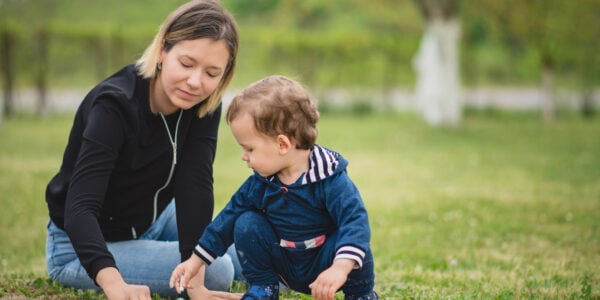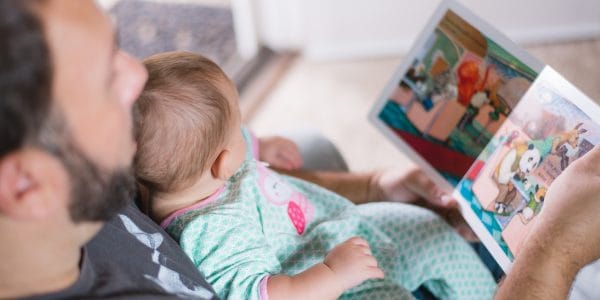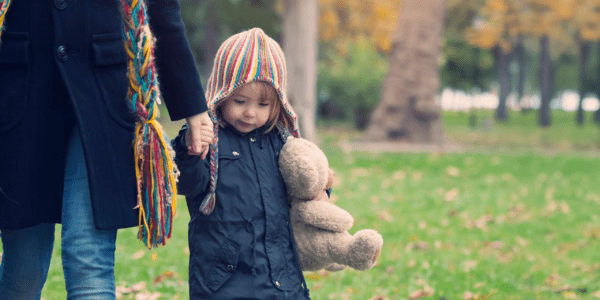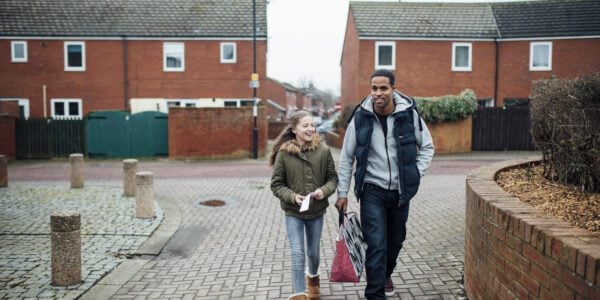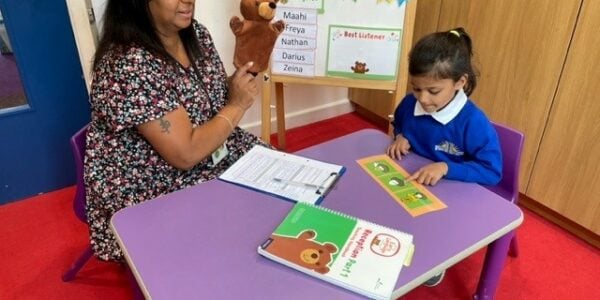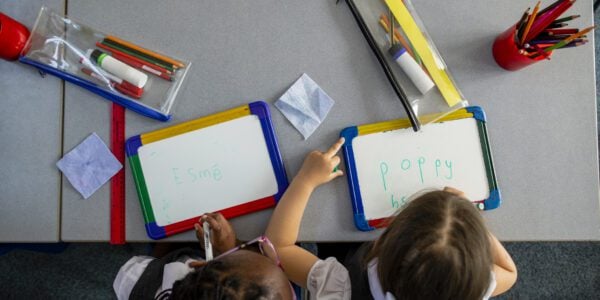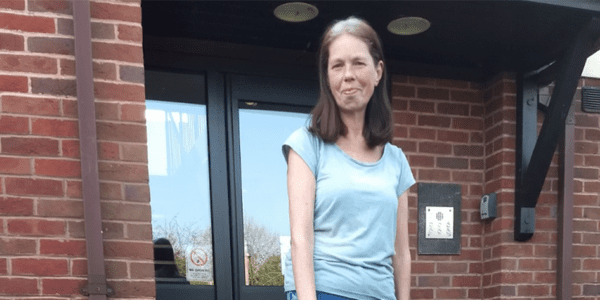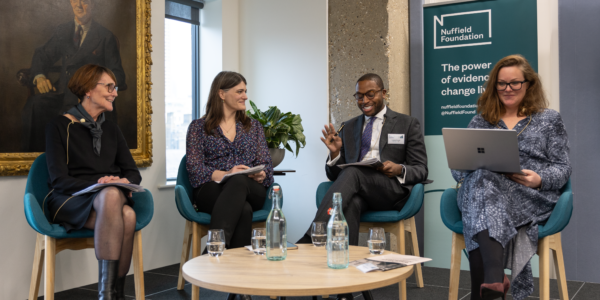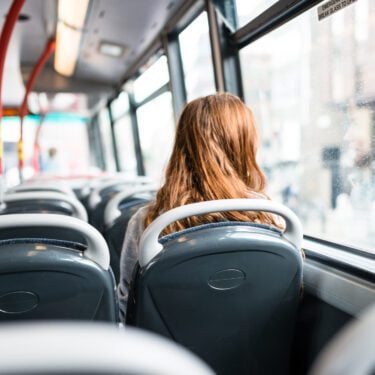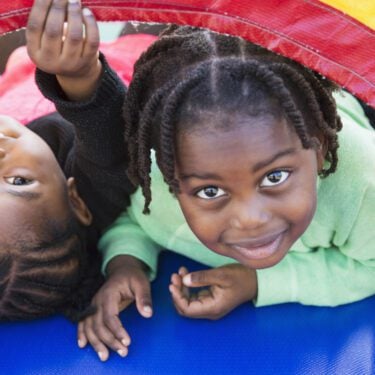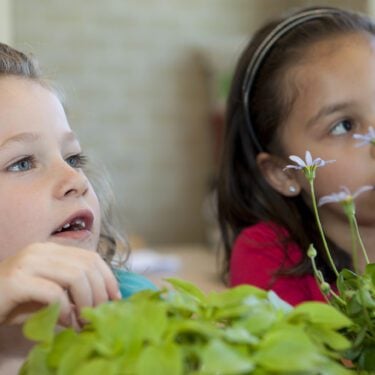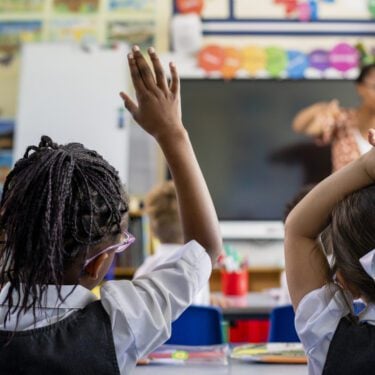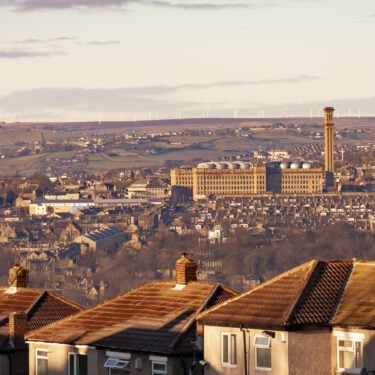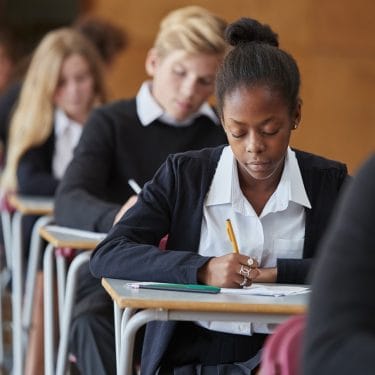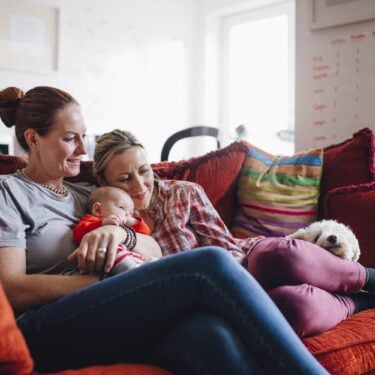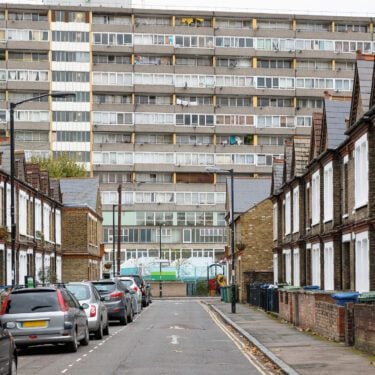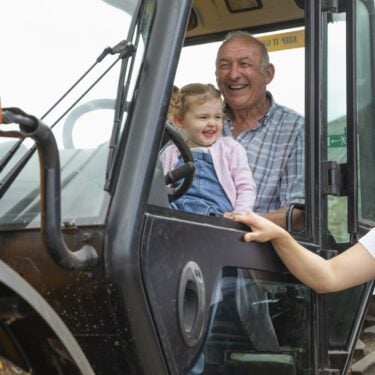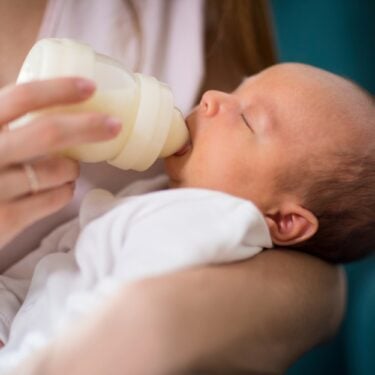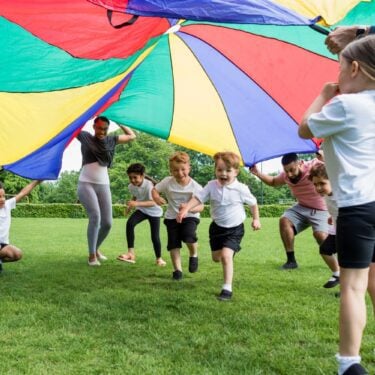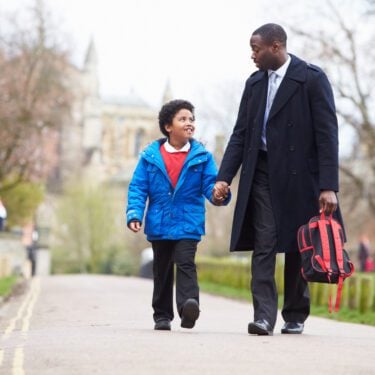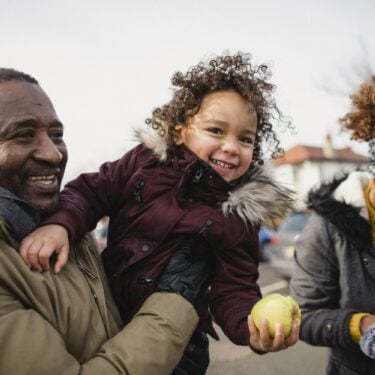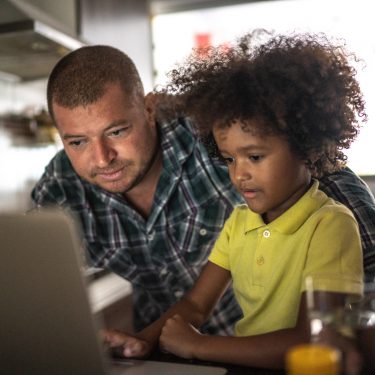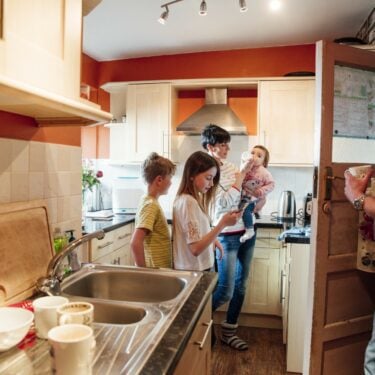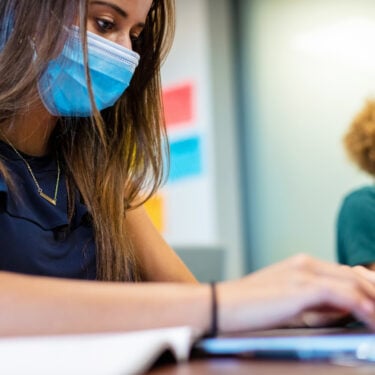
14/09/21
4 min read
More than one in three (36%) children in families with a child under five in the UK are living in poverty, amounting to 2.2 million children. For children in families with three or more children, this figure rises to more than half (52%).
A new evidence review published today by the Nuffield Foundation examines patterns in poverty for the under-fives over the last twenty years, drawing on over 100 research studies and other sources. It finds that while child poverty rates have fluctuated since 2000, there has been a sustained increase since 2013/14, with families with at least one child under five experiencing the steepest rise.
This rise in poverty is largely the result of changes to the benefits system, including the ‘two-child limit’ and the reduction of in-work support, but also reflects the changing nature of work and family life, including the rise in insecure work and the growth of the private rental market. Public policy to address child poverty has been shaped by political differences and changing socioeconomic circumstances, resulting in a lack of a sustained, consistent policy commitment to addressing child poverty over the last twenty years.
The review, Changing patterns of poverty in early childhood, also explores the evidence on the impact of child poverty in the first few years of life, which can affect children’s cognitive skills and physical, social and emotional development throughout childhood and into adulthood. It calls for increased financial support for low-income families with young children and a multi-dimensional approach to addressing child poverty that reflects the intersecting needs of families.
Poverty for children in families with a child under five is increasing.
More than one in three (36%) live in poverty (2019/20), rising from 30% in 2013/14. Over half (52%) from larger families (three or more children) live in poverty (2019/20), rising from 33% in 2013/14. This increased risk of poverty for larger families reflects the impact of social security changes including the ‘two-child’ limit that restricts the child element of social security benefits to the first two children in a family (born after 2017) and the abolition of the family element of child tax credits.
Having parent(s) in work does not always protect children from poverty.
Since 2013/4, rates of poverty for families with at least one child under five and at least one parent in part-time work increased from 38% to 64%, almost the same level as for children whose parents are unemployed. The rate of poverty is also increasing for children with at least one parent in full-time work, from 19% in 2013/14 to 25% in 2019/20.
Increasingly, children in poverty live in privately rented accommodation.
Due to reduced availability of social housing, 36% of families where the youngest child was under five and in poverty were living in private rented accommodation in 2019/20 compared with 16% in 1999/20. In addition to higher housing costs and greater insecurity, this increases the likelihood of children having to move nursery/school and away from extended family and support networks.
Children from some ethnic minority backgrounds face a higher risk of poverty.
Almost three in four (71%) of children in families where the youngest child is under five from Bangladeshi backgrounds live in poverty and in several other minority ethnic groups, over 50% of families were living in poverty. These figures are three-year averages (2017/8-2019/20).
Children and parents with a disability are also at higher risk of poverty.
44% of children growing up in families where the youngest child is under five, where an adult or child has a disability, were living in poverty. This is likely to be an underestimate of the true extent of poverty experienced by families living with a disability because official figures do not take into account the additional living costs that some families face.
There are significant regional variations in child poverty across the UK.
Child poverty in families where the youngest child is under five are higher in England and Wales (35% and 34%) than in Scotland (28%) and Northern Ireland (27%). Within England, the North East has the highest rate of early childhood poverty (46%), followed by London (41%). Rates are lowest in the South West (29%). In the South East and East of England, early childhood poverty is slightly higher now than it was 20 years ago. These figures are three-year averages (2017/8-2019/20).
Poverty can be highly detrimental if it is persistent and experienced in the first few years of life, but this is not inevitable.
Early childhood poverty can affect children’s cognitive skills and their social, and emotional development throughout childhood and adulthood. However, there is also evidence that children who experience persistent poverty and strong parenting skills can achieve good outcomes at age five.
There has been a lack of a sustained and consistent policy approach to addressing early childhood poverty over the last 20 years, resulting from changing economic circumstances and political priorities.
The most significant fall in child poverty was between 1997/98 and 2004/05, largely reflecting increased spending on cash benefits/tax credits by the Labour government. Following the financial crash and significant reductions in public spending by the coalition and later Conservative governments, policy has shifted from income measures to support families on low incomes, to improving services and emphasising parenting and early years provision as key policy levers to reduce poverty and increase social mobility.
Carey Oppenheim, Early Childhood Lead at the Nuffield Foundation and author of the report said:
“The increase in poverty for families with children under five is stark and has both short- and long-term implications for children’s development and future. Addressing early childhood poverty requires an approach that provides a financial bedrock for families with young children through improved social security benefits and access to employment, as well as policies that support parental mental health and parenting from the earliest stage of a child’s life.
“Even with those measures, it will be difficult to sustain reductions in child poverty unless we also address longer-term changes in society that are contributing factors to child poverty, such as insecure and low-paid work, access to affordable and secure housing and high-quality early education.”
Read the full report

